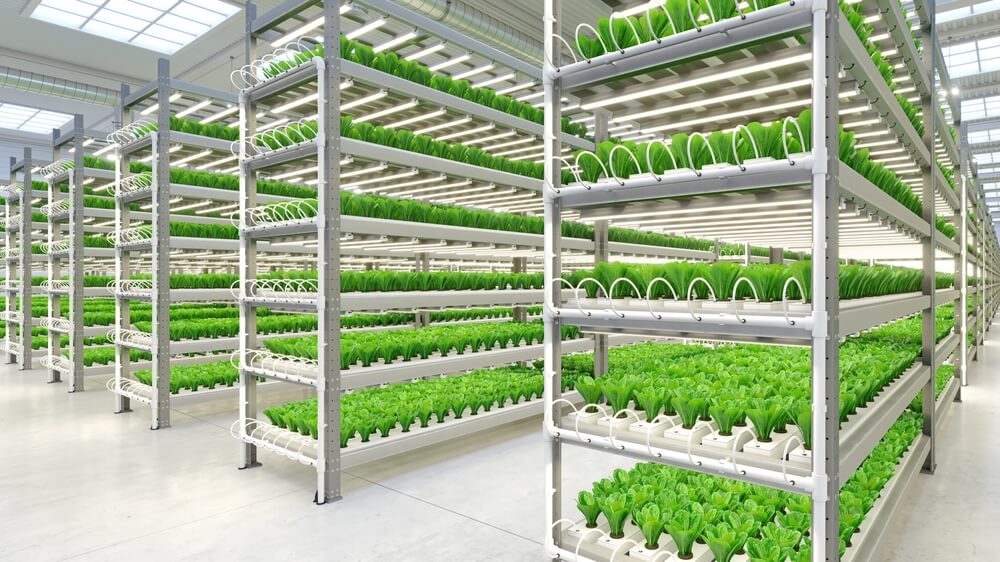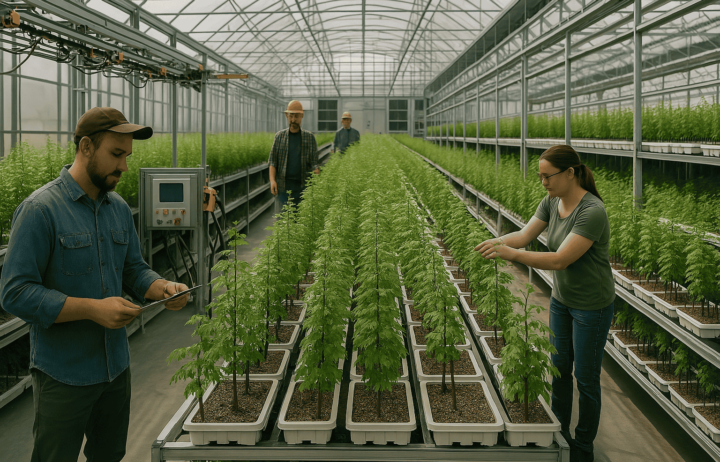
The Role of Indoor Farming in Strengthening Local Food Systems
As we continue to address the impact of urbanization and limited access to fresh, nutritious food, the familiar adage ‘from farm to table’ has evolved into ‘from city to table’. Relying on food imports from rural areas and other countries comes with numerous challenges. It drives up the cost of food, increases food security risks due to supply chain disruptions, and negatively impacts the environment.
A key solution to the above is building localized food systems that emphasize indoor farming. Local food systems provide a sustainable, efficient, and resilient process for bringing fresh, nutrient-dense food to urban consumers. Indoor farming offers a path to building localized food systems without the need for expansive land or using significant water resources.
Understanding Localized Food Systems
A localized food system is a food production and distribution network that operates within a specific geographical area (typically, an urban sprawl like Calgary). This system focuses on minimizing the distance between where food is grown or produced and where it is consumed, promoting food that is grown, processed, and sold within the same region.
The Benefits of a Localized Food System
- Shorter supply chain – In a local food system, food moves directly from producers to consumers through local grocery stores and farmers’ markets. This shortens the supply chain process, which in turn reduces the need for extensive packaging, transportation, and distribution costs.
- Reduced food miles and carbon footprint – By producing food close to where it is consumed, localized food systems cuts down on energy consumption and transportation-related emissions. Cutting down even a quarter of the world’s emissions and energy use is a step in the right direction.
- Strengthens local economy – Buying from local producers keeps money within the community, creates jobs, and boosts community initiatives such as educational programs and food hampers.
- Improved food quality – Food imports often require using preservatives and pesticides to keep food from spoiling during long-term transportation and storage. Since food is grown locally, produce is fresher, retains more nutrients, and often tastier compared to food that travels long distances.
Understanding Indoor Farming
Indoor farming uses advanced technologies to grow crops in controlled environments. Variables like light, temperature, humidity, and nutrient levels enable year-round food production. The most common indoor farming techniques include hydroponics, aeroponics, aquaponics, and vertical farming.
In recent years, indoor farming has evolved to include automated systems, artificial intelligence (AI), LED lighting, and data analytics. What once was small-scale, niche operations is now a sophisticated process capable of scaling and sustainably producing large quantities of food.
The Benefits of Indoor Farming
- Improved Food Accessibility – Indoor farming has made it possible for urban areas to have access to fresh, quality produce in places where it might not otherwise be available.
- Sustainable Use of Resources – Without the need to use large agricultural land, indoor farming uses significantly less water, farming equipment, chemical fertilizers, and pesticides than traditional farming. This leads to a more eco-friendly and sustainable localized food system.
- Consistent, year-round production – In colder climates like Canada, fresh produce is often limited during the winter months. With the ability to control the environment, indoor farming can produce food year-round and ensure a consistent supply of fresh produce even in extreme weather conditions.
- Increased Food Security – Traditional farming is susceptible to climate, hail, and supply chain issues which can drive up costs and risk food security, especially for marginalized populations. Indoor farming is a reliable food production process that eliminates those factors, improving food security in a localized food system.
- Promotes Food Sovereignty – By empowering communities to control their own food production and prioritize sustainable practices, we shift the focus of food systems from merely ensuring food security to cultivating food sovereignty.
How Indoor Farming Drives Innovation in Local Food Systems
By understanding the benefits of a local food system and indoor farming, you can see how the two work in tandem to build a resilient and sustainable food production and distribution process. Bringing indoor farming into urban environments bridges the gap between growers and consumers, greatly reducing our reliance on food imports.
Climate dependency is a growing challenge for traditional agriculture, with extreme weather and shifting seasons threatening crop yields. Indoor farming mitigates these risks with a controlled environment that isn’t affected by external weather conditions. This makes it a resilient solution for local food systems.
One of the most significant contributions of indoor farming is that it offers replicability and scalability. From small urban spaces to large-scale operations, this adaptability allows localized food systems to grow sustainably. A localized food system that utilizes advanced indoor farming helps ensure access to fresh, healthy food in small towns, large cities, and everything inbetween.








